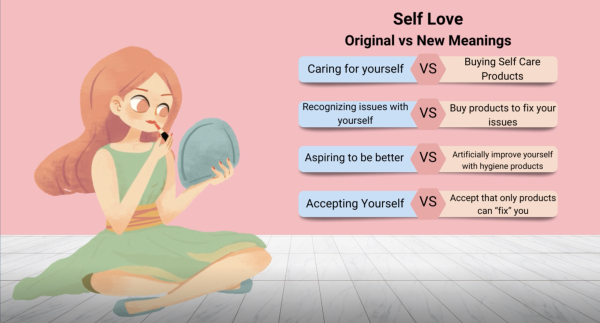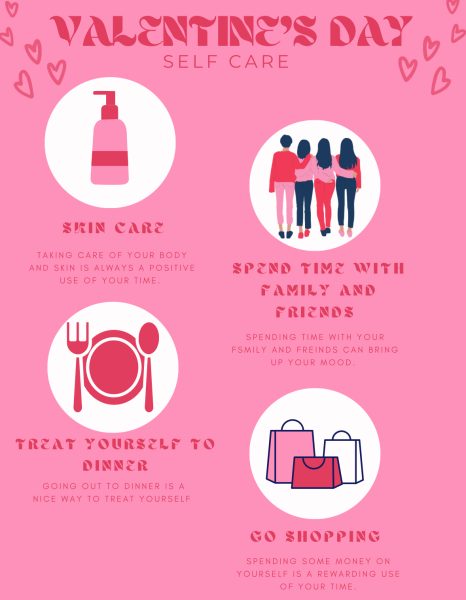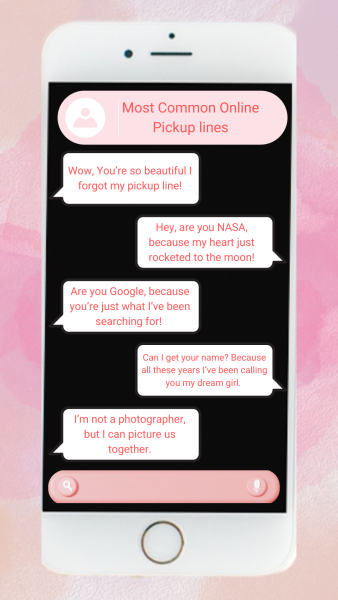Cost effective ways to save the planet
Climate change is real, but it’s not unsolvable. Although there are about 11 years to prevent irreversible damage to our planet, there are many affordable steps that can be taken to reduce our carbon footprint. Climate change can cause adverse health problems, rising sea levels, and increased temperature stratification.
One of the most affordable is the five R’s. Most people have only heard of the three R’s; reduce, reuse, and recycle. There are two more that are also very important, refuse and rot. Reduce is to downsize what you purchase and be more mindful of what you really need. Reuse is to keep items in very good condition, upcycling, or repairing it when it breaks. Recycling is converting waste into material you can use again when you can’t refuse, reduce or reuse. You should do this with paper, plastic, glass and metal. The five R’s conserve natural resources, landfill space, and energy.
The two that most people haven’t heard of, reduce and rot, are also very simple. Refuse is simply to avoid single use plastic and paper products and opting for reusables. Rot is when you set up a compost system for food scraps or finding a drop-off system in your area for food scraps.
The next, which a lot of people resent because of inconvenience is biking instead of driving natural gas vehicles. Natural gas vehicles output a lot of exhaust, which pollutes the air. Cars are responsible for one-third of all United States pollution.
This is also harmful to human health because tailpipes are on street level where we breathe. This doesn’t mean get rid of cars and invest in bikes, it just means to try to bike whenever possible, as it’s a free workout and helping the environment. It also requires less energy to produce a bike than it does a car, and if you can’t bike, use public transport as it gets more cars off the road.
The third way is to reduce water usage. We only have a certain amount of water on our planet, about 326 million trillion gallons, and we can’t exactly make more of it. 96.5 percent of water on Earth is too salty for humans and two-thirds of the rest of it is locked in glaciers and permanent snow. Now some people might say, why don’t we just melt it, but there’s no point seeing as most of it’s just going to end up as sea water. This would also rise the sea level, which in turn increases coastal erosion and elevates storm surge as warming air and ocean temperatures create more frequent and intense coastal storms like hurricanes and typhoons.
Some ways to reduce our water usage are to turn off the faucet while brushing your teeth, take shorter showers, and don’t flush things down the toilet just to dispose of them, this can waste more water than you would believe.
Lastly, try to buy more local produce. We should try to do this with most of our food because animal products require more water and resources. It’s also healthier. Eating local and supporting local farmers is good because you don’t have to worry about your food sitting in traffic and outputting exhaust fumes into the air. Also, bring reusable produce bags and totes with you when you go.
There are many ways we can reduce our carbon footprint, a lot of them are much bigger than us but there are also many cheap, affordable ways to do so. Even just one person doing these things can make a very large change.





